Effective Technology Transfer in Animal Husbandry and Dairying

Introduction
Technology transfer in animal husbandry and dairying plays a crucial role in improving productivity and sustainability. This article explores effective strategies for transferring technologies to farmers, focusing on practical applications and real-world examples.
Understanding Technology Transfer
Technology transfer refers to the process of sharing skills, knowledge, technologies, and methods between different organizations or sectors. In agriculture, this process is vital for enhancing productivity and ensuring food security.
Phased Approaches to Technology Transfer
1. Material Transfer
Material transfer involves the direct importation of livestock breeds and technologies from developed to developing countries. For example, India imported exotic cattle breeds like Holstein and Jersey to boost milk production. However, these breeds often struggle to adapt to local conditions, leading to suboptimal results.
2. Design Transfer
Design transfer focuses on creating crossbreeds by mating imported exotic breeds with local varieties. Projects like the Indo-Swiss Cattle Project aimed to develop disease-resistant and high-yielding crossbred cattle tailored to local environments. This approach has shown success in increasing milk production while ensuring adaptability.
3. Capacity Transfer
Capacity transfer emphasizes imparting technical knowledge and skills to local farmers. For instance, artificial insemination (AI) techniques allow farmers to breed their livestock with superior genetics. This method enhances local breeds’ productivity and adaptability.
Farmer Participatory Research
Engaging farmers in the research process is essential. Participatory research allows farmers to identify challenges and adapt technologies to their specific needs. This strategy has proven effective in ensuring that innovations are practical and beneficial.
Leveraging Indigenous Knowledge Systems
Incorporating indigenous knowledge with modern technologies can enhance the effectiveness of technology transfer. For example, traditional herbal remedies for livestock diseases can be scientifically validated and integrated into modern veterinary practices. This approach not only respects local traditions but also provides cost-effective solutions.
Precision Livestock Farming (PLF)
PLF utilizes digital technologies to monitor livestock health and productivity. Sensors and data analytics help farmers track animal behavior and health metrics. By identifying issues early, farmers can improve animal welfare and production efficiency.
Public-Private Partnerships
Collaboration between public institutions and private enterprises can facilitate technology transfer. These partnerships can provide resources, expertise, and market access, ensuring that innovations reach farmers effectively.
Training and Capacity Building
Investing in training programs for farmers and extension workers is crucial. Training should cover both technical skills and the economic benefits of adopting new practices. Well-informed farmers are more likely to embrace innovative technologies.
Conclusion
Effective technology transfer in animal husbandry and dairying requires a multifaceted approach. By utilizing phased strategies, engaging farmers, leveraging indigenous knowledge, and fostering public-private partnerships, we can enhance livestock productivity and sustainability.
For more pearls of Vets Wisdom:
https://wiseias.com/partitioning-of-food-energy-within-animals/

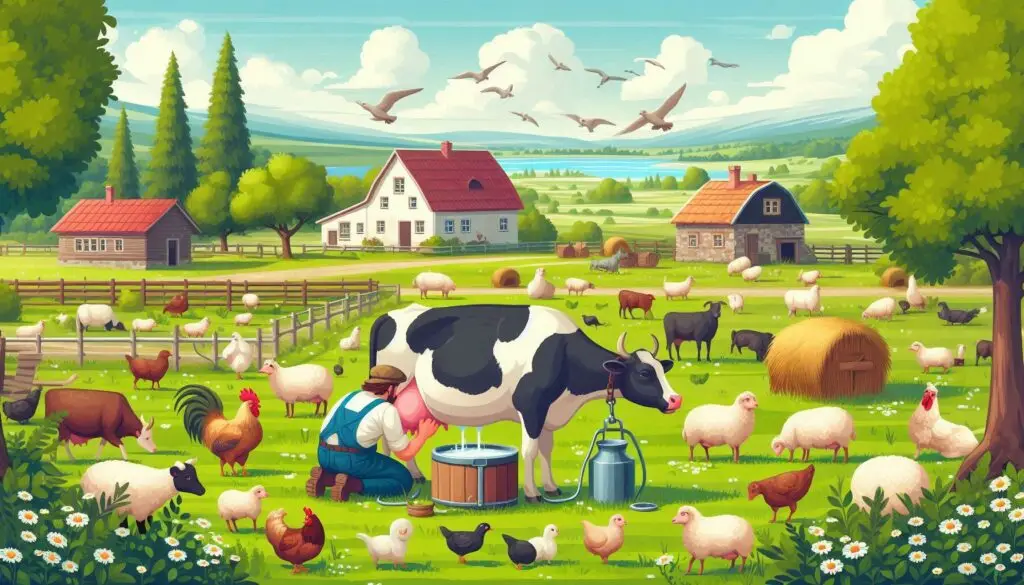
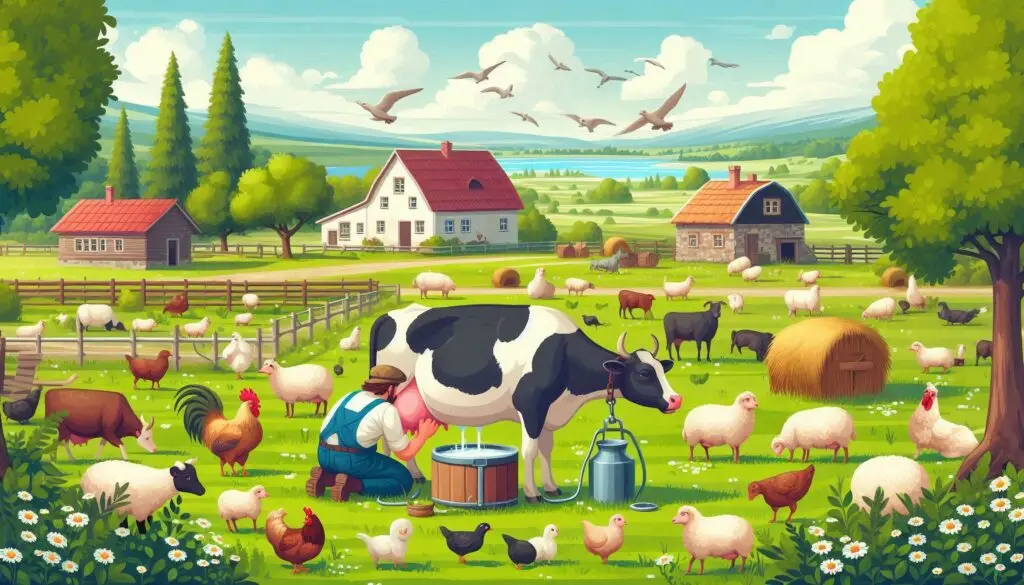
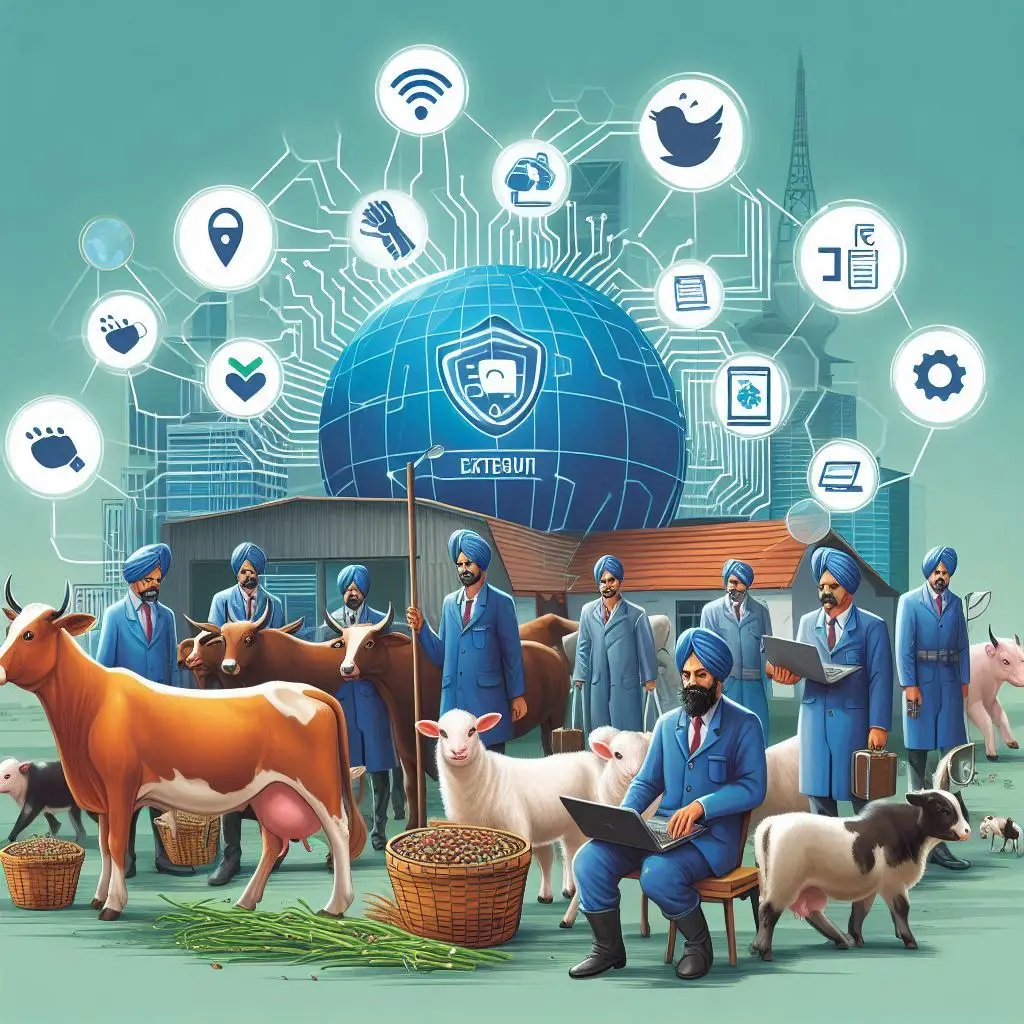
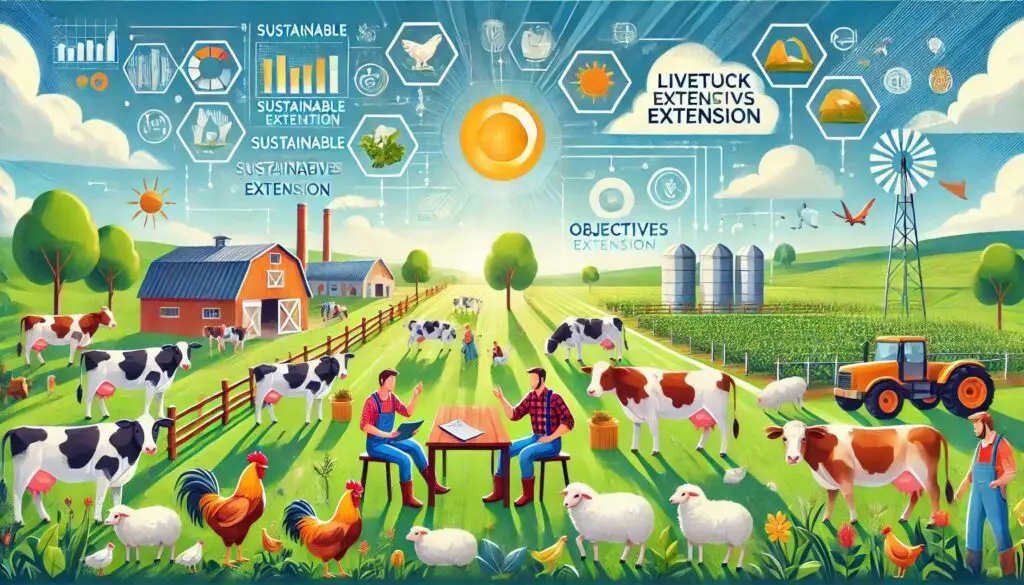
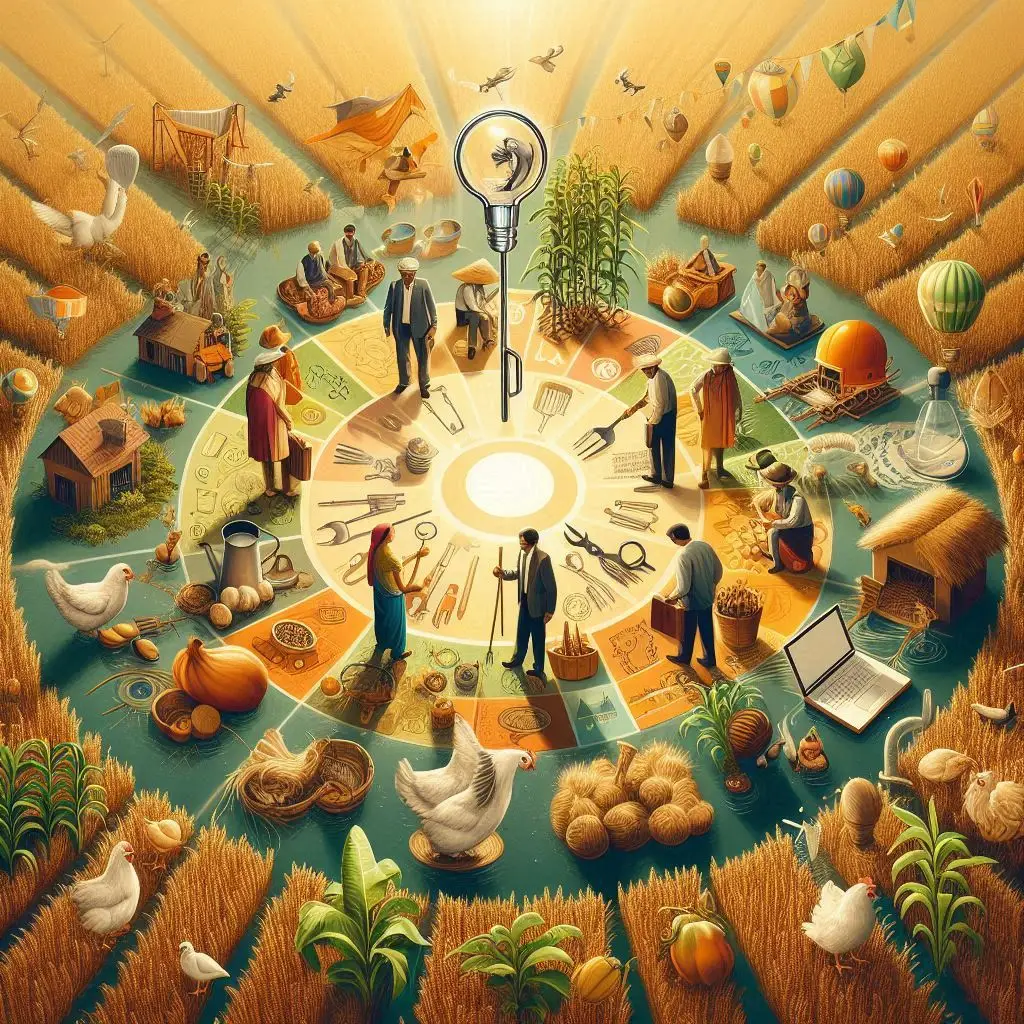
Responses